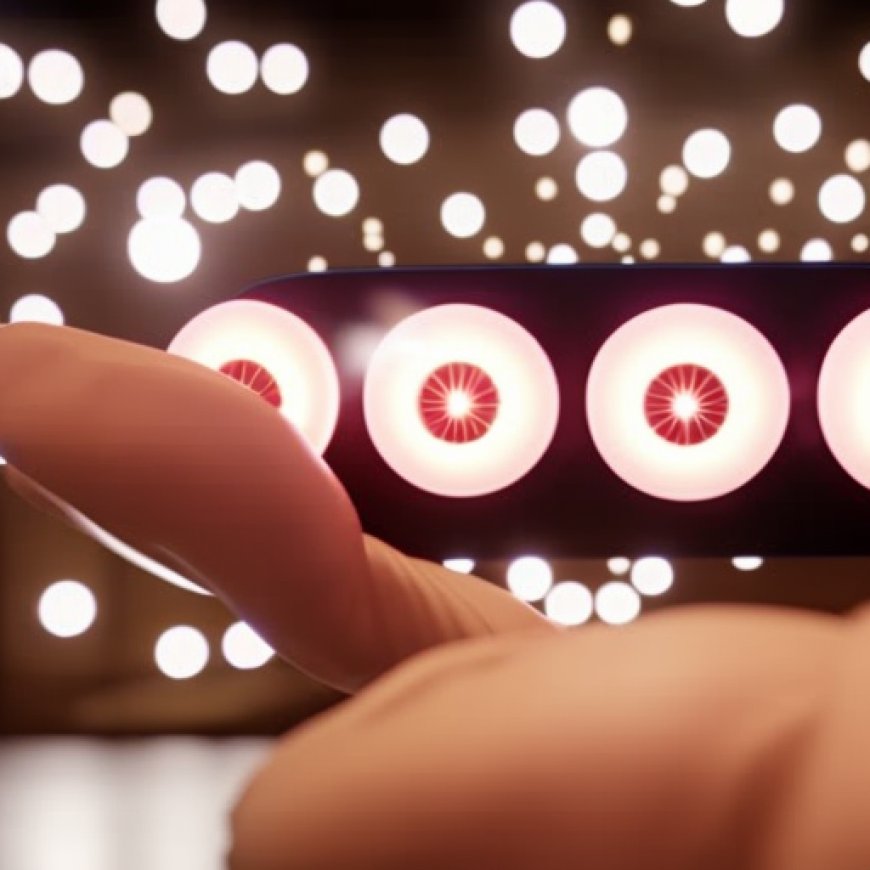Promoting the circular economy in the food and drink industry
Promoting the circular economy in the food and drink industry FoodManufacture.co.uk


Sustainability and the Circular Economy in the Food and Drink Manufacturing Industry
Sustainability has been a buzz word for the food and drink manufacturing industry for some time now, but the solution to processors’ concerns surrounding their effect on the environment and factors such as food waste are sometimes vague and hard to action.
Committing to a circular economy has long been touted as the direction the industry must head in to make sustainability improvements. From fully recycled and recyclable packaging and self-sustaining agriculture practices, the circular economy creates a closed loop where nothing is lost in the process of making food.
But the question remains: how do I incorporate circular design in my business and what risks should I be aware of when embarking on this journey?
Promoting the Circular Economy
One organisation championing the creation of a circular economy in the UK is the Ellen Macarthur Foundation through its Big Food Redesign Challenge.
Launched in partnership with the Sustainable Food Trust, the challenge tasks participants to design new food products – or redesign existing ones – using circular design principles, with successful pitches landing shelf space in Waitrose stores across the country.
Key to the success of the challenge is the level of support being given to participants in the challenge. Along with the support of world-leading circular economy and regenerative production experts, challengers can join a ‘bespoke challenge platform’ to support pre-competitive collaboration and networking, and to join a series of learning events with access to expert support.
Speaking at the launch of the challenge, Waitrose and Partners senior environment manager Ben Thomas hoped the project would spur producers to take the plunge on integrating circular design principles into their products.
“I think the biggest problem again is being brave enough to really start getting behind the movement. Customers assume we’re doing great things already, so do they really need another terminology to frame it? It’s about understanding what regenerative agriculture is and circularity more broadly and what that means for our food systems and products.”
In spite of these challenges, Thomas pushed for more food and drink firms to embrace the circular economy and to hold onto whatever drives that change.
“Essentially, just hold your ground,” he added. “Stick to your own set of morals and ensure what you’re doing you’re 100% behind it because it is going to be challenging if you’re new to it. Getting the concept and actually making it work are two very different things.
“There are going to be peaks and troughs, there is going to be a transition – for want of a better word. It will be easier for some rather than others, but generally it is just ensuring you stay behind it and stick at it because it will come to fruition.
“A lot of retailers are looking to engage with farmers doing the right thing. We know we’re responsible for our impact on biodiversity in the supply chain and we, ultimately, have to be the driving force changing that.”
Packaging Innovation and the Circular Economy
Probably the biggest innovations being made in the area of circular economy are coming out of the packaging industry. For food and drink manufacturers, one of the easiest ways to boost their sustainability credentials is to make sure that their packaging can be recycled and – in an effort to promote the circular economy – is made from recycled materials.
Most packaging businesses operating in the food and drink space are ahead of the curve and have proven their commitment to the idea of a circular economy – a recent study from material technologies business Aquapak found 85% of companies have a circular economy strategy that involves reusing and recycling existing materials and products as long as possible.
However, it also found that just 20% of businesses were acting ahead of forthcoming legislation, such as the revised European Commission’s Packaging and Packaging Waste Directive – provisions include requiring all packaging to be recyclable by 2030 and extended producer responsibility across the entirety of the packaging life cycle.
“While the findings suggest that the proposals for new recycling and recycled content targets in Europe could be more challenging and even include additional targets, there are also significant barriers to overcome in the development of alternative materials to plastic and key recycling infrastructure.
“We need to accelerate the development of new technologies such as novel polymers which offer functionality and positive end of life outcomes such as recyclability, compostability and biodegradability.
“Greater industry collaboration, increasing support by creating technical centres of excellence, and investment from a variety of sources is needed to scale up new technologies which will accelerate the drive for change to speed up the transition to the circular economy.”
Innovation in Plastic Packaging
While European food businesses have voiced their willingness to embrace the circular economy, there’s still a long way to go if they wish to catch up with their counterparts in Asia.
According to research by GovGrant, innovation in plastic technology has more than tripled since 2015 as a result of international legislation. However, China and Japan accounted for about half of all patent applications in the past two decades – the UK trailed away in seventh position.
[Insert box here]
The UK market is taking steps to grow influence in the area, following recent announcements of a further £3.2m investment in UKRI’s Smart Sustainable Plastic Packaging (SSPP), representing the largest UK government
SDGs, Targets, and Indicators
SDGs Addressed or Connected to the Issues Highlighted in the Article:
- SDG 12: Responsible Consumption and Production
- SDG 14: Life Below Water
- SDG 15: Life on Land
Specific Targets Under the SDGs Based on the Article’s Content:
- Target 12.3: By 2030, halve per capita global food waste at the retail and consumer levels and reduce food losses along production and supply chains, including post-harvest losses.
- Target 14.1: By 2025, prevent and significantly reduce marine pollution of all kinds, particularly from land-based activities, including marine debris and nutrient pollution.
- Target 15.2: By 2020, promote the implementation of sustainable management of all types of forests, halt deforestation, restore degraded forests, and substantially increase afforestation and reforestation globally.
Indicators Mentioned or Implied in the Article:
- Indicator 12.3.1: Food loss index
- Indicator 14.1.1: Index of coastal eutrophication and floating plastic debris density
- Indicator 15.2.1: Progress towards sustainable forest management
Table: SDGs, Targets, and Indicators
| SDGs | Targets | Indicators |
|---|---|---|
| SDG 12: Responsible Consumption and Production | Target 12.3: By 2030, halve per capita global food waste at the retail and consumer levels and reduce food losses along production and supply chains, including post-harvest losses. | Indicator 12.3.1: Food loss index |
| SDG 14: Life Below Water | Target 14.1: By 2025, prevent and significantly reduce marine pollution of all kinds, particularly from land-based activities, including marine debris and nutrient pollution. | Indicator 14.1.1: Index of coastal eutrophication and floating plastic debris density |
| SDG 15: Life on Land | Target 15.2: By 2020, promote the implementation of sustainable management of all types of forests, halt deforestation, restore degraded forests, and substantially increase afforestation and reforestation globally. | Indicator 15.2.1: Progress towards sustainable forest management |
Analysis:
The article addresses or is connected to the following SDGs:
- SDG 12: Responsible Consumption and Production – The article discusses the need for a circular economy in the food and drink manufacturing industry to improve sustainability, reduce food waste, and promote responsible production and consumption.
- SDG 14: Life Below Water – The article highlights the issue of marine pollution, particularly from land-based activities, and the importance of preventing and reducing marine debris.
- SDG 15: Life on Land – The article emphasizes the need for sustainable management of forests, halting deforestation, and restoring degraded forests to protect biodiversity and promote sustainable land use.
The specific targets under these SDGs based on the article’s content are:
- Target 12.3: By 2030, halve per capita global food waste at the retail and consumer levels and reduce food losses along production and supply chains, including post-harvest losses. – The article discusses the importance of incorporating circular design principles in the food industry to minimize food waste and improve sustainability.
- Target 14.1: By 2025, prevent and significantly reduce marine pollution of all kinds, particularly from land-based activities, including marine debris and nutrient pollution. – The article highlights the need for packaging innovations and the use of recycled materials to reduce plastic waste and prevent marine pollution.
- Target 15.2: By 2020, promote the implementation of sustainable management of all types of forests, halt deforestation, restore degraded forests, and substantially increase afforestation and reforestation globally. – The article mentions the importance of sustainable forest management and the development of alternative materials to plastic to reduce environmental impact.
The indicators mentioned or implied in the article that can be used to measure progress towards the identified targets are:
- Indicator 12.3.1: Food loss index – This indicator can be used to measure the reduction in food losses along production and supply chains, including post-harvest losses.
- Indicator 14.1.1: Index of coastal eutrophication and floating plastic debris density – This indicator can be used to measure the prevention and reduction of marine pollution, including marine debris.
- Indicator 15.2.1: Progress towards sustainable forest management – This indicator can be used to measure the implementation of sustainable forest management practices and the progress in halting deforestation and restoring degraded forests.
Behold! This splendid article springs forth from the wellspring of knowledge, shaped by a wondrous proprietary AI technology that delved into a vast ocean of data, illuminating the path towards the Sustainable Development Goals. Remember that all rights are reserved by SDG Investors LLC, empowering us to champion progress together.
Source: foodmanufacture.co.uk

Join us, as fellow seekers of change, on a transformative journey at https://sdgtalks.ai/welcome, where you can become a member and actively contribute to shaping a brighter future.








